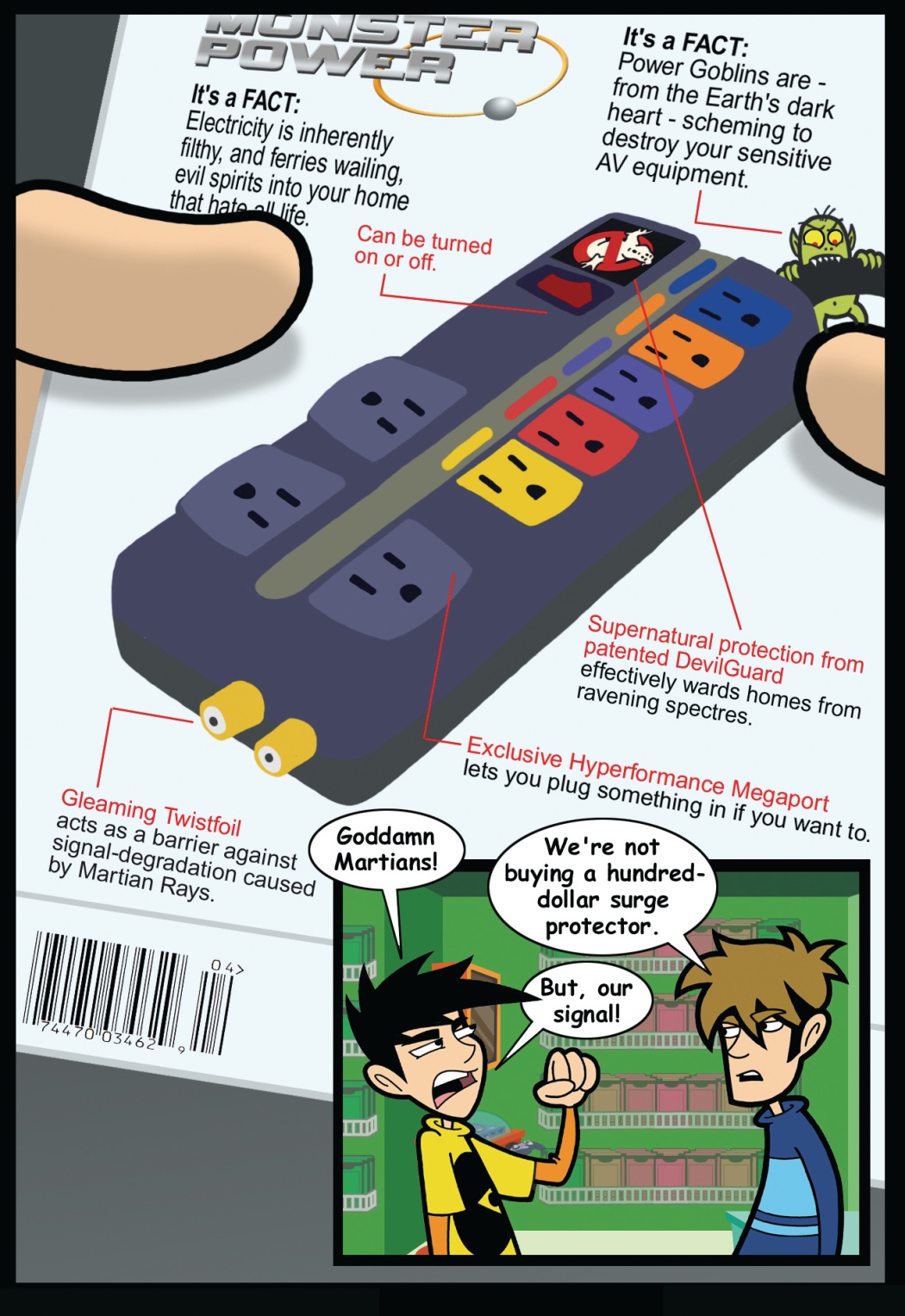Right now I only have basic surge protector power strips but am looking for something more (ideally also with 12V triggers). I experience a fair amount of voltage sags during the T-storm season when the power grid switches between transformers due to the strikes. I have never measured these but the lights will dim, flicker, cut off then cut on...so not ideal for electronics.
When looking for protection from under voltage i see products from Panamax that protect from 100V and below and others that don't protect until the voltage drops to 90V.
This raises the question of where does the voltage drop damage most types of equipment and are either of these points sufficient?
Thoughts?
Thx
When looking for protection from under voltage i see products from Panamax that protect from 100V and below and others that don't protect until the voltage drops to 90V.
This raises the question of where does the voltage drop damage most types of equipment and are either of these points sufficient?
Thoughts?
Thx


Comment